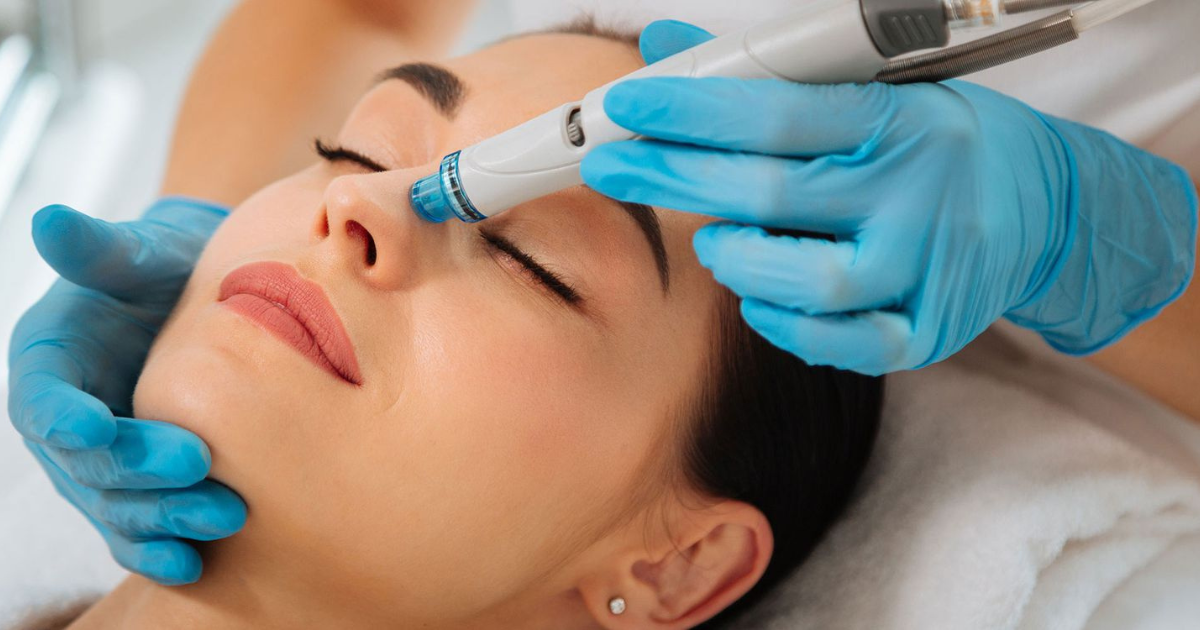In recent years, Hydrafacials have surged in popularity, becoming a go-to treatment for skincare enthusiasts and individuals seeking a rejuvenated appearance. But with so many beauty treatments available, the question arises: Are Hydrafacials worth it? This article delves into what Hydrafacials are, their benefits, potential drawbacks, and whether they truly deliver on their promises.
What Is a Hydrafacial?
A Hydrafacial is a non-invasive skincare treatment that combines cleansing, exfoliation, extraction, hydration, and antioxidant protection in a single session. Utilizing a patented device, the treatment employs a unique vortex-fusion technology to cleanse and hydrate the skin, making it suitable for various skin types, including sensitive skin.
Key Steps in a Hydrafacial Treatment:
- Cleansing and Exfoliation: The treatment begins with a deep cleanse and gentle exfoliation to remove dead skin cells and impurities.
- Acid Peel: A mild acid peel is applied to help loosen debris and dirt from pores without causing irritation.
- Extraction: Using a vacuum-like suction, the treatment extracts blackheads and impurities from the skin.
- Hydration: A blend of hyaluronic acid, antioxidants, and peptides is infused into the skin to provide deep hydration and nourishment.
- Protection: Finally, the skin is treated with a protective serum to enhance its glow and shield it from environmental stressors.
Benefits of Hydrafacials
1. Instant Results
One of the most appealing aspects of Hydrafacials is the immediate results they offer. After just one session, clients often report brighter, smoother, and more hydrated skin. This instant gratification makes it a popular choice before special events or occasions.
2. Customizable Treatments
Hydrafacials are highly customizable. Practitioners can adjust the serums and treatments based on an individual’s skin type and concerns, making it a versatile option for various skin conditions, including acne, hyperpigmentation, and signs of aging.
3. Non-Invasive and Painless
Unlike many other facial treatments, Hydrafacials are non-invasive and generally painless. Most clients experience only a mild tingling sensation during the treatment, making it accessible for individuals with different pain tolerances.
4. Minimal Downtime
Following a Hydrafacial, there is minimal downtime. Clients can typically return to their daily activities immediately after the treatment, making it a convenient option for those with busy lifestyles.
5. Long-Lasting Benefits
While the effects of a single Hydrafacial are often immediate, many clients experience long-lasting benefits with regular treatments. Consistent sessions can lead to improved skin texture, reduced signs of aging, and overall healthier skin.
Potential Drawbacks
While Hydrafacials have many advantages, it’s essential to consider potential drawbacks:
1. Cost
Hydrafacials can be relatively expensive, with prices ranging from $150 to $300 per session, depending on the location and practitioner. Regular treatments can add up quickly, making it a financial commitment.
2. Not Suitable for Everyone
Though generally safe, Hydrafacials may not be suitable for individuals with specific skin conditions, such as active infections, rosacea, or severe eczema. Consulting a skincare professional before undergoing the treatment is crucial.
3. Temporary Results
While many clients enjoy long-lasting effects, the results of a Hydrafacial are not permanent. Maintenance treatments are necessary to sustain the benefits, which may deter some individuals looking for a long-term solution.
4. Varying Results
The effectiveness of Hydrafacials can vary based on individual skin types and concerns. Some may experience significant improvements, while others may find the results less noticeable.
